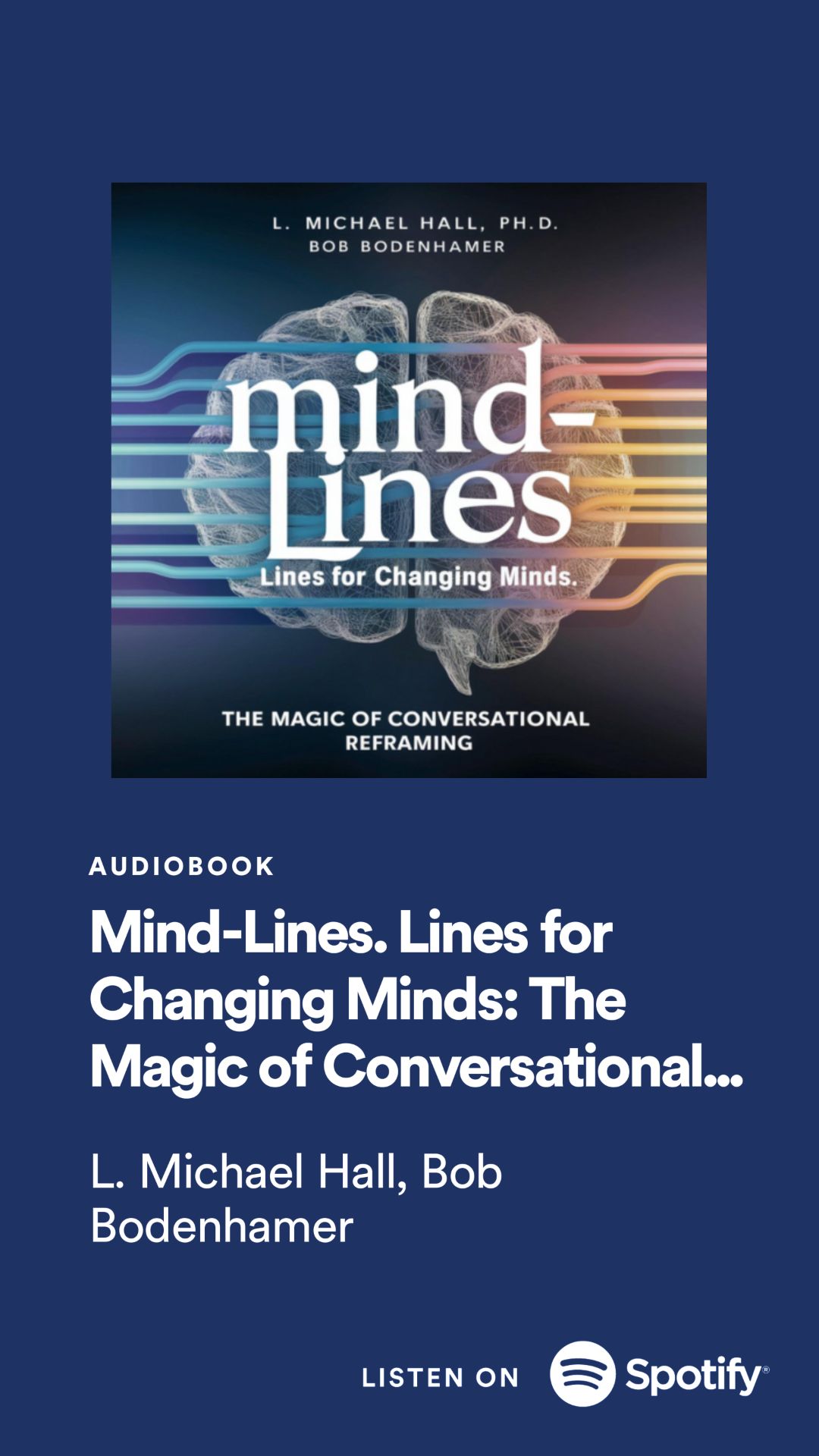But what if I told you that there's a proven, science-backed process for creating habits that stick? In this video, we're going to dive deep into the psychology and neuroscience of habit formation. By the end, you'll have a clear 9-step framework for building habits that transform your life.
The Neuroscience of Habit Formation
Let's start by understanding what's happening in our brains when we form a new habit. It all comes down to a part of the brain called the basal ganglia. This is where habits are created, stored, and executed.
Whenever we perform an action repeatedly, neural pathways in the basal ganglia become stronger and more efficient. Over time, this action becomes automatic - a habit. The brain essentially rewires itself to make this behavior require less conscious effort.
This process is powered by the neurotransmitter dopamine. Every time we complete the habit loop, our brain releases a little burst of dopamine, which reinforces the neural pathways and makes us want to repeat the behavior.
So habits form when our brain starts anticipating that dopamine reward. The more we repeat a behavior, the stronger that anticipation becomes - until it's ingrained as an automatic response.
The 9 Steps to Build Lasting Habits
Knowing this neuroscience, we can reverse-engineer an effective process for building habits that stick. Here are the 9 key steps:
1. Start Small
The biggest mistake people make when trying to build a new habit is being too ambitious. Habits need to start small and simple. For example, if your goal is to exercise more, don't try to go from 0 to 60 minutes a day. Start with just 5-10 minutes.
2. Stack Your Habits
One of the best ways to make a new habit stick is to "stack" it on top of an existing routine. For instance, you could do 10 minutes of meditation right after you brush your teeth every morning. This "habit stacking" makes the new behavior feel more natural and automatic.
3. Make it Enjoyable
Habits are more likely to stick when we associate them with positive feelings. So find ways to make your new habit fun, rewarding, or even a little indulgent. For example, listen to an audiobook you love while you exercise.
4. Remove Friction
Habits are heavily influenced by our environment. Reduce any barriers or obstacles that make it harder to do the habit. For instance, lay out your workout clothes the night before to make it easier to exercise in the morning.
5. Use Reminders
Our brains are wired to respond to external cues. Set up reminders, alarms, or visual triggers to prompt you to do the habit. Put sticky notes around your house, set calendar alerts, or even place your habit materials in a prominent spot.
6. Track Your Progress
Monitoring your progress is a powerful motivator. Use a habit tracker app, mark off days on a calendar, or simply keep a journal. Seeing your consistency will reinforce the habit and keep you accountable.
7. Celebrate Small Wins
Don't wait until you've achieved a big goal to celebrate. Reward yourself for every small milestone along the way. This positive reinforcement will make the habit feel more satisfying and sustainable.
8. Forgive Slip-Ups
Habits aren't built in a straight line. There will be days when you miss a habit or slip back into old routines. When this happens, don't beat yourself up. Just recommit and get back on track.
9. Be Patient
Habit change takes time. It can take 66 days or more for a new behavior to become automatic. Trust the process, stay consistent, and know that the neural pathways in your brain are strengthening with each repetition.
Putting it All Together
Now let's see how you can apply these 9 steps to build a habit that transforms your life. Let's say your goal is to read more books. Here's what that might look like:
1. Start Small: Commit to reading just 10 pages per day. This is a very achievable first step.
2. Stack Your Habit: Read your 10 pages right after you have your morning coffee. Stacking it on an existing routine makes it easier to remember.
3. Make it Enjoyable: Choose books that you're genuinely excited about. This will make reading feel less like a chore.
4. Remove Friction: Keep your current book on your nightstand or in your bag, so it's always within reach.
5. Use Reminders: Set a daily alarm on your phone to go off at your reading time. You can also leave sticky notes in prominent places.
6. Track Your Progress: Use a habit tracker app or mark off each day you read on a calendar. Seeing your consistency is motivating.
7. Celebrate Small Wins: Treat yourself to a coffee or a short break after completing your daily reading. Small rewards reinforce the habit.
8. Forgive Slip-Ups: If you miss a day, don't worry about it. Just get back on track the next day. Habits aren't built in a straight line.
9. Be Patient: Stick with it for at least 2 months. Over time, reading 10 pages per day will become an automatic part of your routine.
Habit formation is the key to unlocking lasting change in our lives. By understanding the science behind it and following this 9-step framework, you can build habits that transform your productivity, health, relationships, and more.
Remember, start small, stack your habits, make them enjoyable, and celebrate your progress. With consistency and patience, you can rewire your brain and achieve the goals that matter most to you.
So what habit do you want to build? Use these strategies, and watch as your life starts to "reprogram" in powerful new ways. Let's get started!
Top Audiobook Recommendations of Elon Musk.
Elon...
What are Valuable Skills to Build Now and For the Future?
The...
The Impact of TikTok on Mental Health: A Comprehensive Analysis
TikTo...
The Double-Edged Sword: Is Social Media Good or Bad for Mental Health?
Socia...
The Impact of TikTok on Brain Health: What You Need to Know
[et_p...
Benefits of Journaling
Journ...
How to Get Over the Death of a Service Dog like a Vietnam Veteran in 78 minutes.
This...
PTSD Symptoms in Women: Understanding the Unique Challenges
Post-...
How Can Couples Maintain Intimacy While Sleeping Apart?
Sleep...
The Ultimate Guide to Walking with a Weighted Vest for Maximum Fitness Benefits
Walki...
























